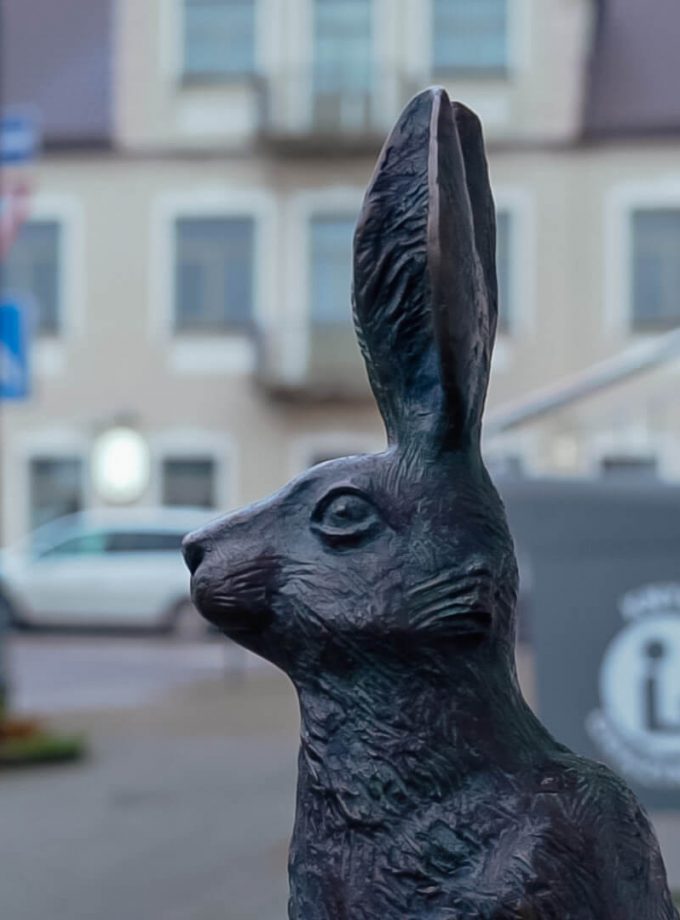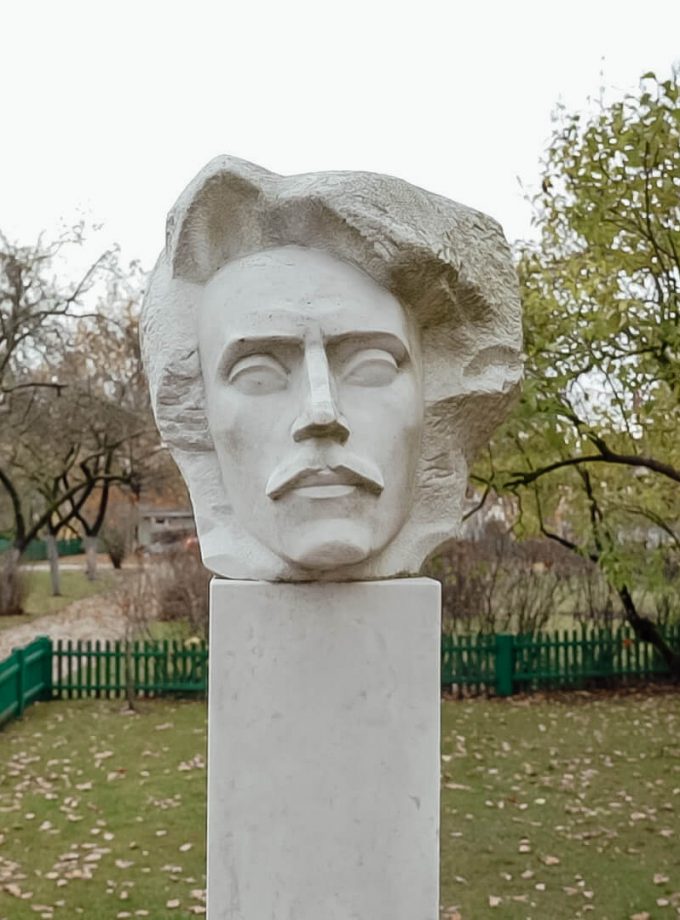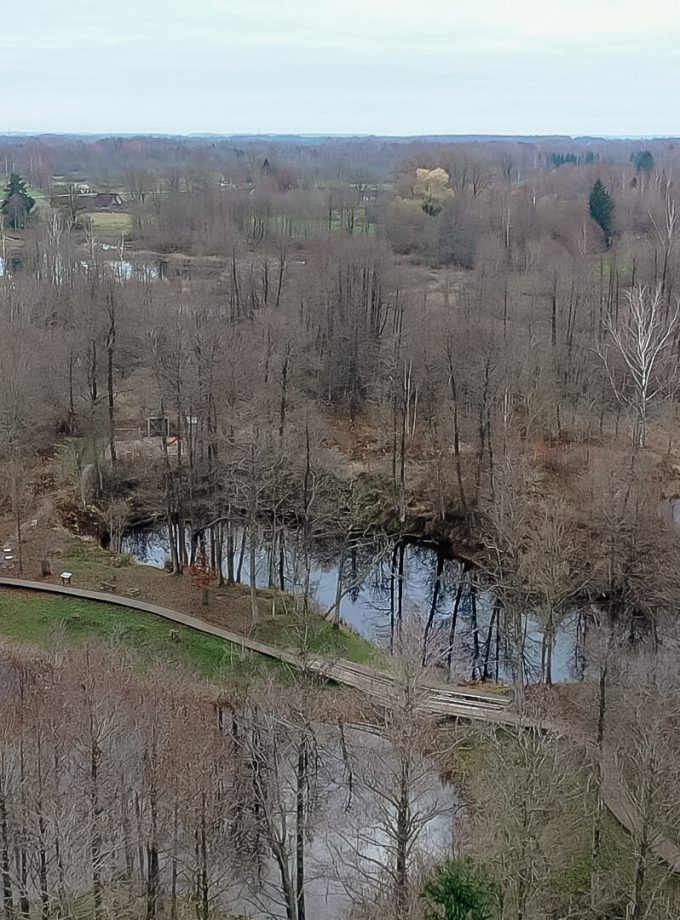Tasting tour: Curonian spit with smoked fish tasting
During this journey, we will travel to an extraordinary world ruled by sand, surrounded by water, telling wind stories, and heated by the sun. The Curonian Spit is like that. Its relief is formed by sand dunes, it is surrounded by the Curonian Lagoon and the Baltic Sea, the wind sways at the tops of trees and sails yachts. Due to this nature and the local architecture of the fishermen, this corner of nature is included in UNESCO.
We will start our journey here after crossing the Curonian Lagoon, we will move through the ridges of the dunes, admiring the greenery of pines and mountain pines. Forests cover as much as 75% territories here. Everything else belongs to sand and man.
We will reach the “black shore” or Juodkrante – 19th century. it was not only the first resort on the Curonian Spit, but also one of the most famous on the eastern Baltic coast until the First World War. The resort called Schwarzort in the 19th-20th centuries. It attracted more than 4,000 holidaymakers at the turn of the year and was well known for its inclusion in resort advertising publications distributed in Europe. Here we will admire the villas of the famous Riviera, reminiscent of the “golden age” and decorated with elements of that time, not forgetting the local architectural heritage. We will see Amber Bay, where amber mining company Stantien & Becker mined amber. While walking on the shores of the Curonian Lagoon, we will admire not only the works of stone sculptures, but also modest, but at the same time extraordinary fishermen’s houses. On the famous Witches’ Hill we will hear Lithuanian folk tales and accents of the history of the Curonian Spit, we will see their characters in wooden sculptures, but we will also learn where dragons gather and Lucifer and witches with devils walk through the gates of hell.
We will see a slightly different “settlement” located next to the people – a colony of gray herons and cormorants. Here is one of the largest colonies of great cormorants in all of Europe and the only one of the 11 in Lithuania, where the population of these birds is constantly regulated in order to protect the old forest. It is an extremely bustling place, with bare white trees and black bird nests twisted at their tops.
Only here it is possible to move to another planet – for some it is Mars, for others it is the Moon. But only when you come to the Gray Dunes of the Curonian Spit, which hide not four flooded villages under their sand, you will decide which planet you are on. But certainly not on Earth. The wind-blown art of sand, the wind guiding the face, the blue horizons of the water and the quietly swaying bends create the mysterious world here.
In the heart of the Curonian Spit in Nida we will visit the memorial museum of Nobel Prize winner Tomas Mano. According to the writer himself, he “captured the indescribable uniqueness and beauty of that nature, the fantastic world of wandering dunes” and quickly decided to “buy a permanent home” here. The updated exhibition, thanks to modern technology, not only recalls the facts of the life and work of the Nobel Prize winner, but also poetically recreates the atmosphere of the days spent in his summer house. Walking along the shores of the Curonian Lagoon, we will count the weather vanes that once adorned the tops of the masts of local fishing boats and surprised the imagination and creativity of local fishermen.
When visiting the Amber Gallery in the museum, we will get acquainted with the history, formation, inclusions, variety of colors and processing of Baltic amber. You will be surprised to see what works of art a jeweler can make from Lithuanian gold – amber.
Looking around the huts of Nida fishermen, the sails of their ships swaying on the waves of the lagoon, we will taste the smoked fish just caught by Nida fishermen and smoked according to the traditions of coastal fishermen. Can you guess what fish you taste? The recipes are simple and modest, but their flavors do not disappoint even the greatest gourmets.
Looking at the golden sand dunes of Nida shining in the distance, you will understand why Nida has become loved by German expressionists. We will climb the Parnidis dune, at the top of which we will count down the time with a sundial and go against the wind, together with the French philosopher Jean-Paul Sartre. And that’s not all this world of sand, water, wind and sun can tell…




























